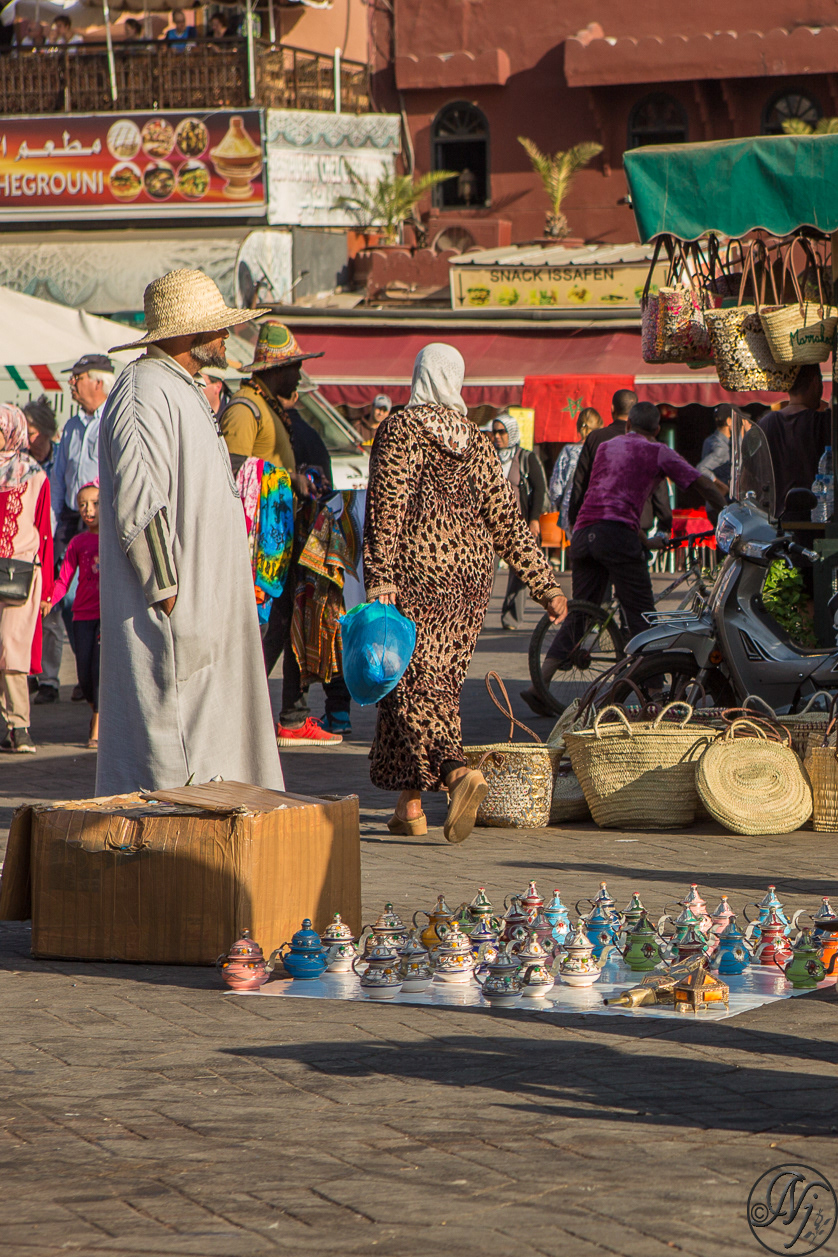
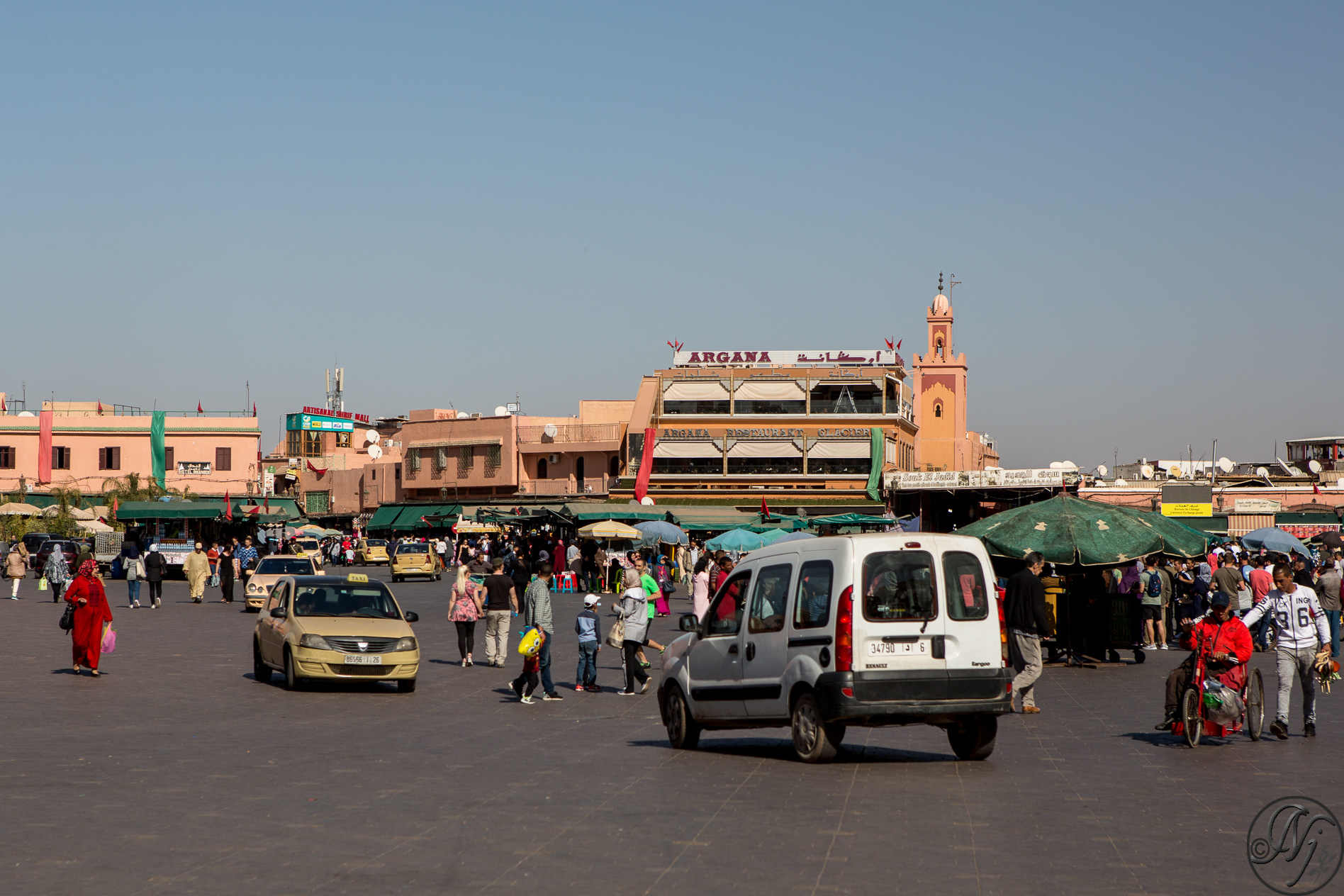
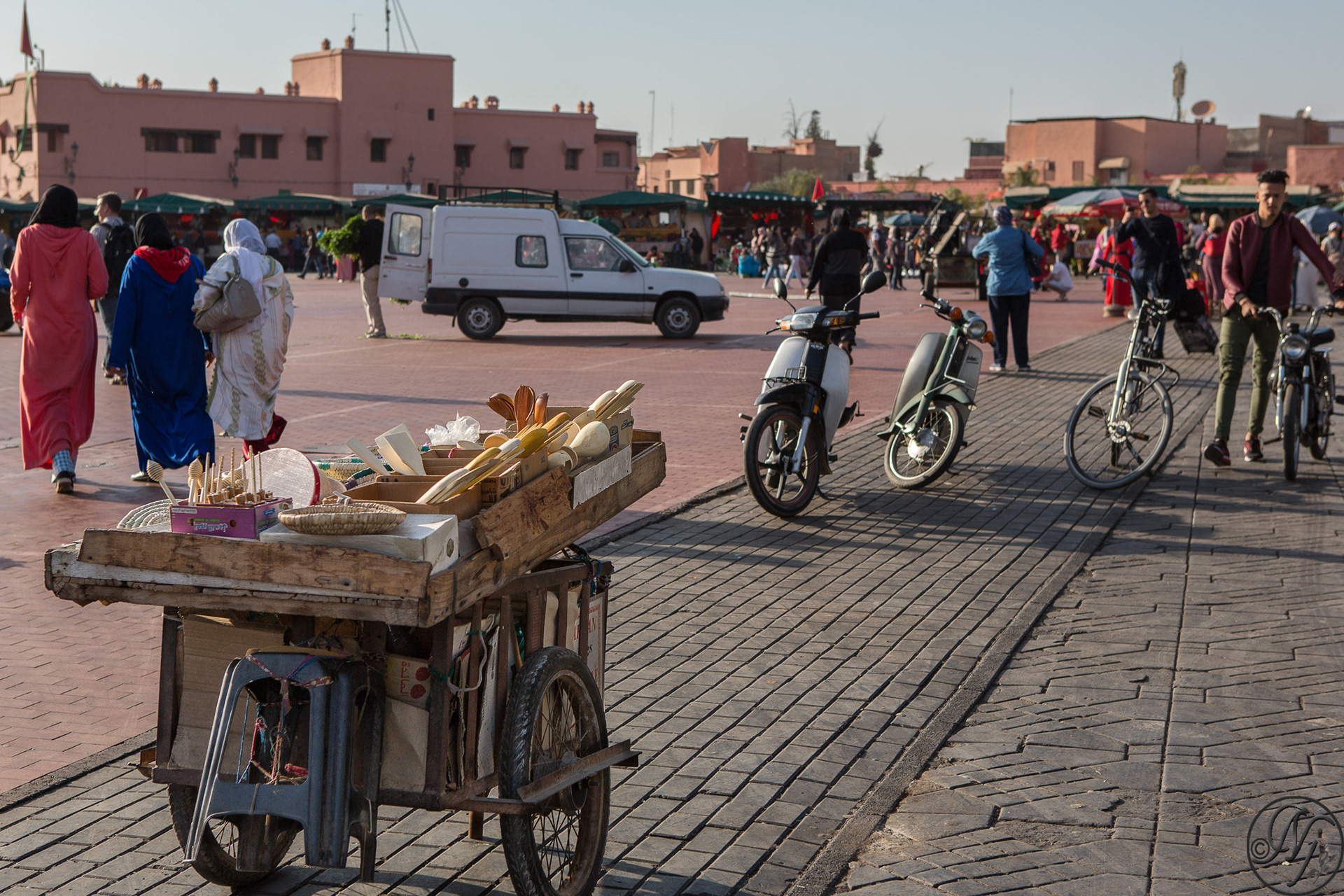
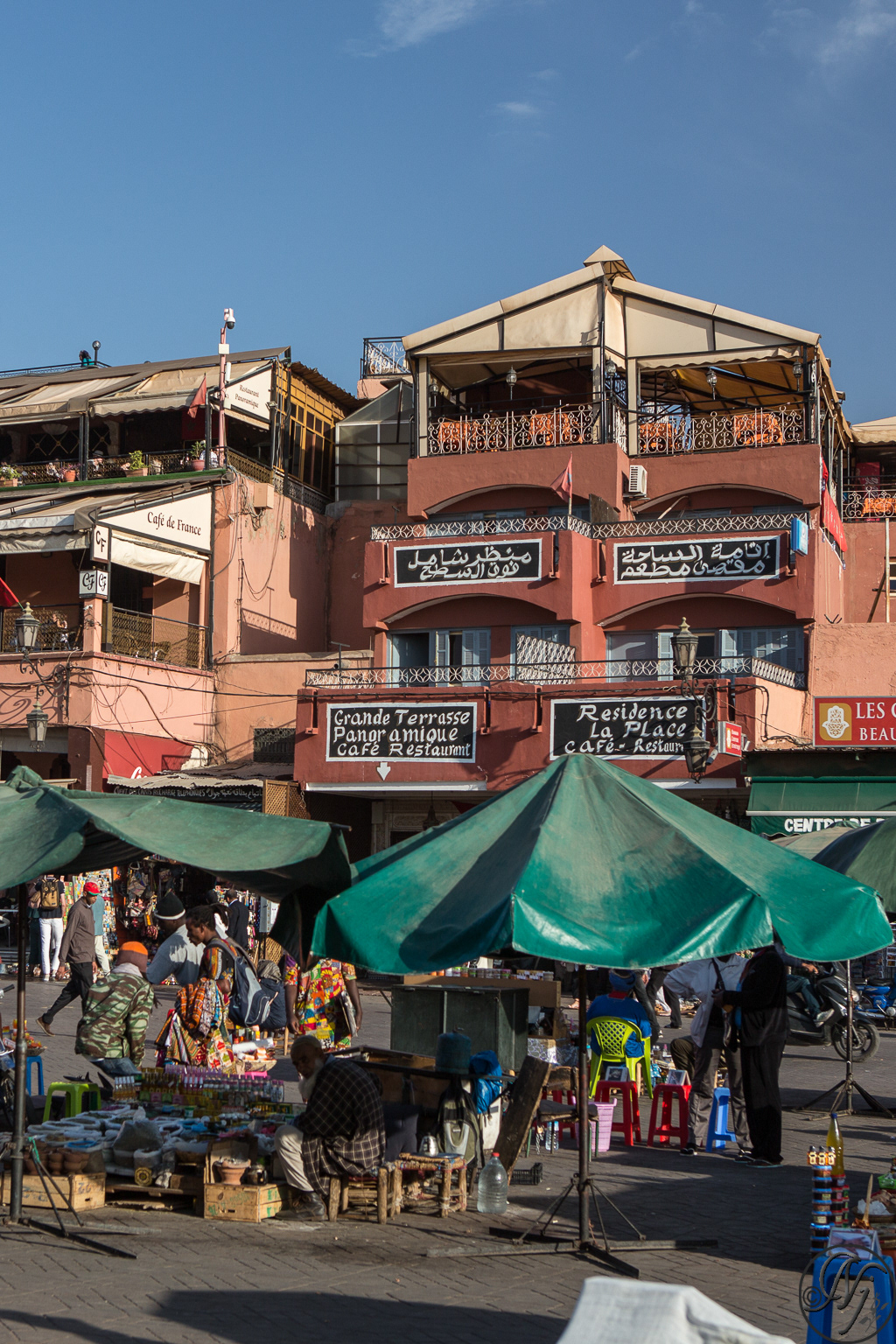

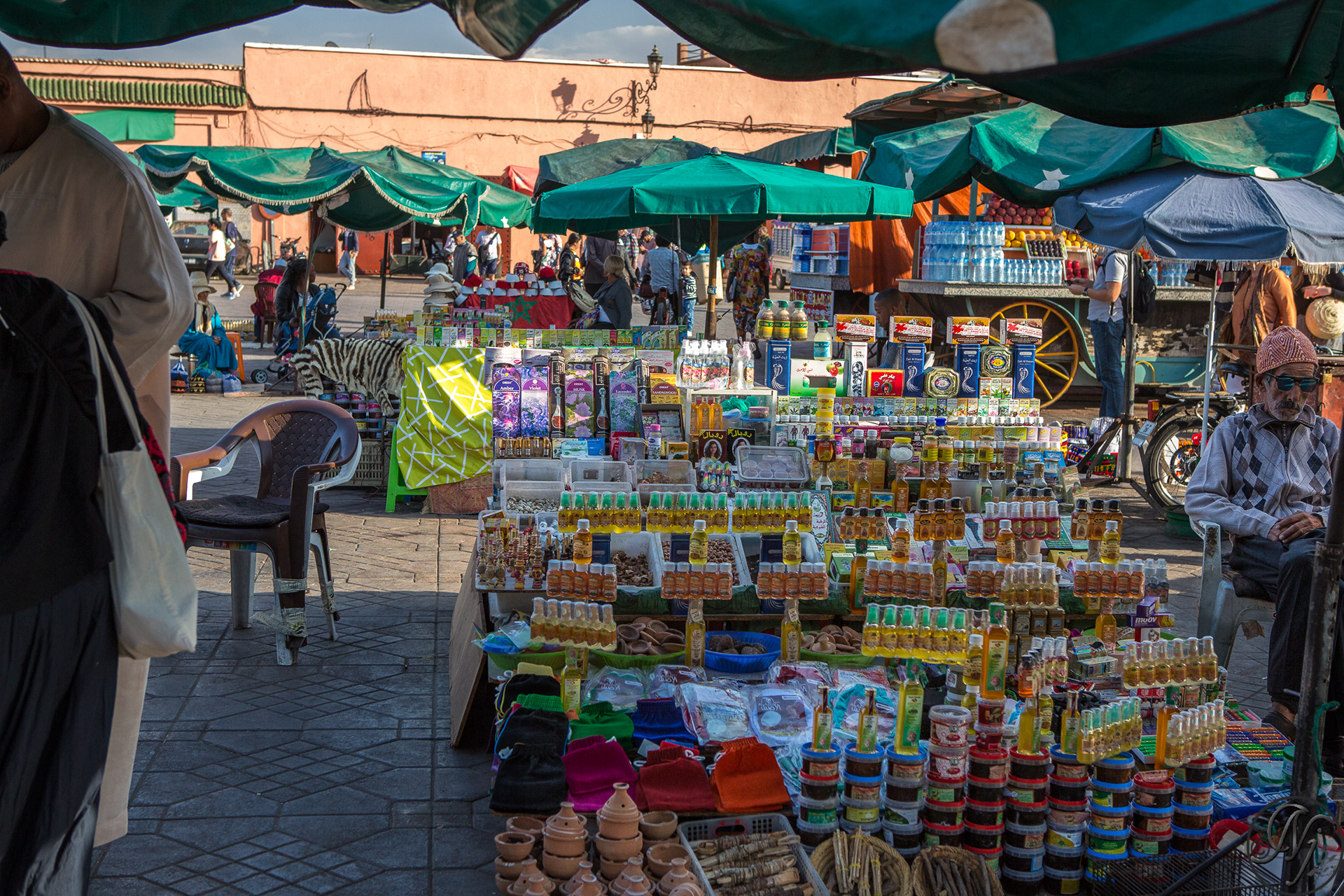
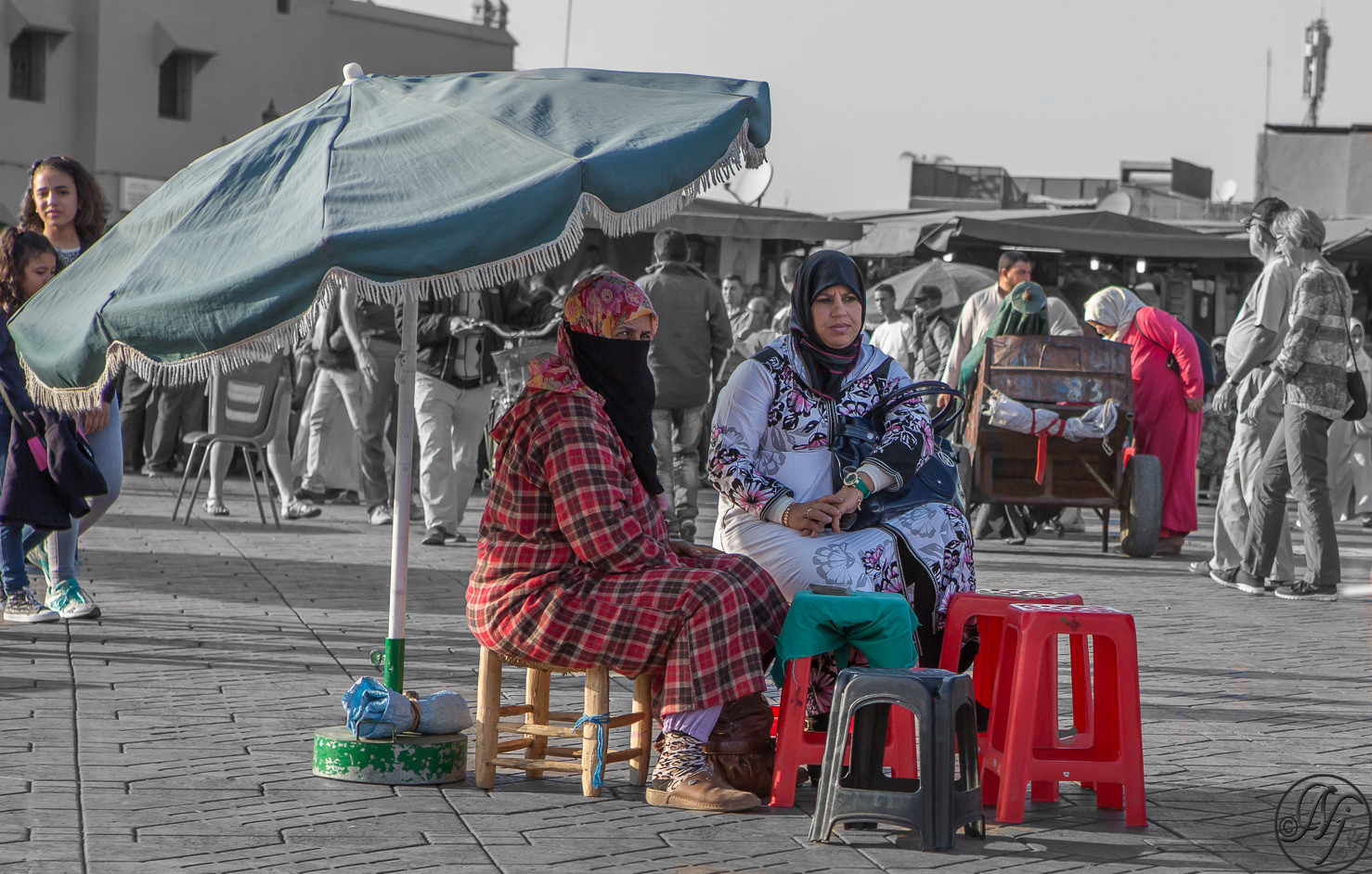
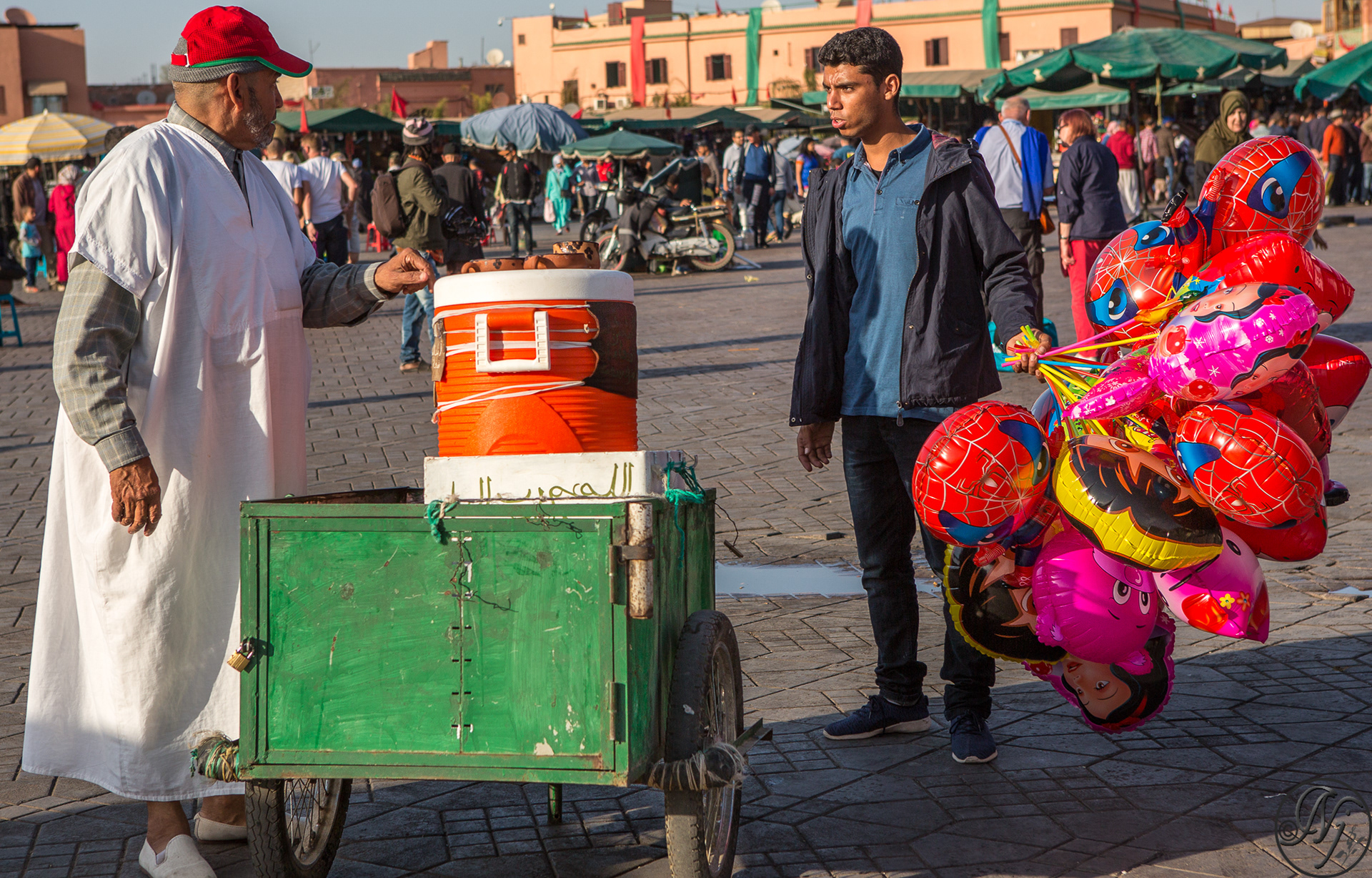
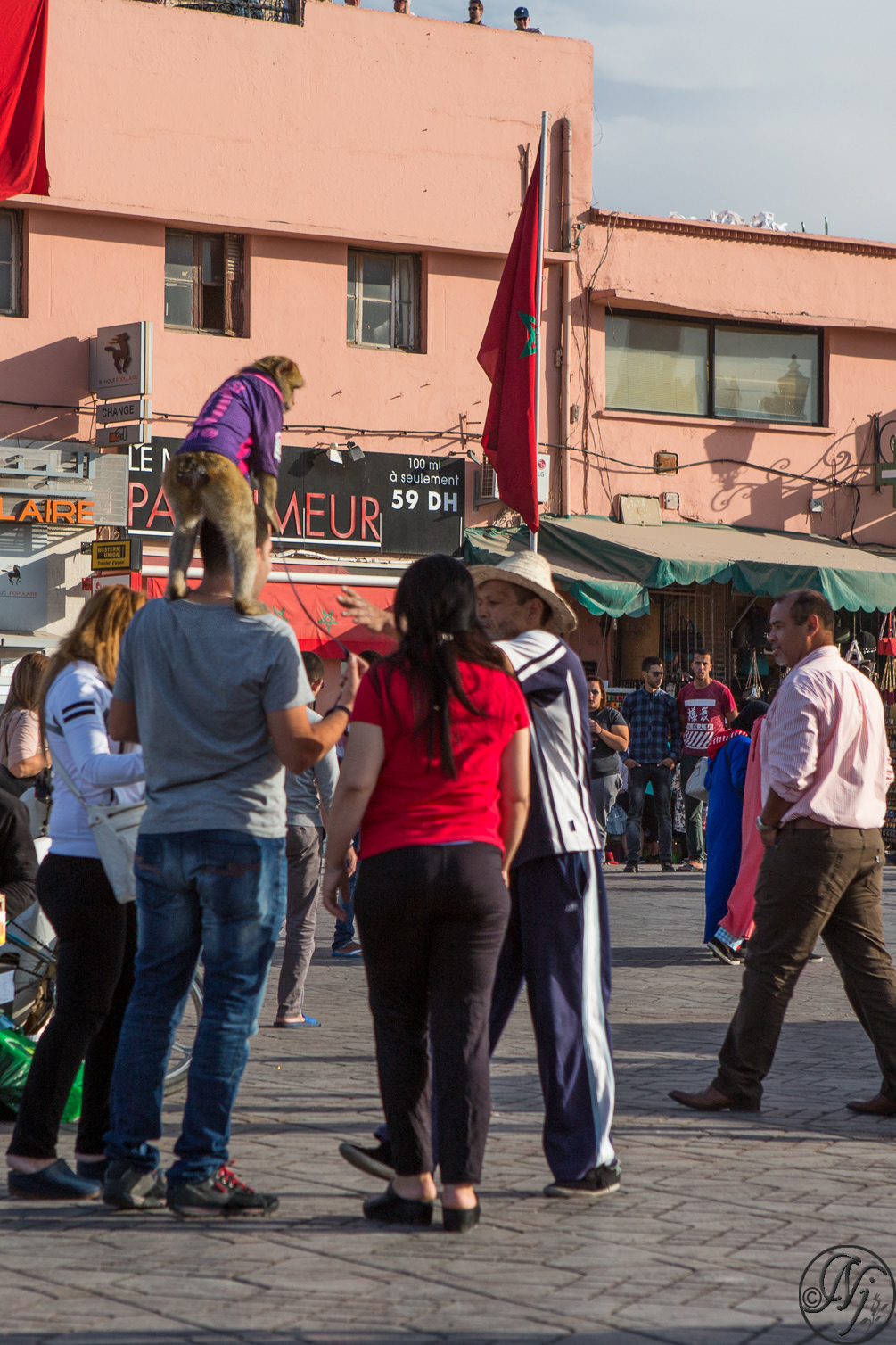
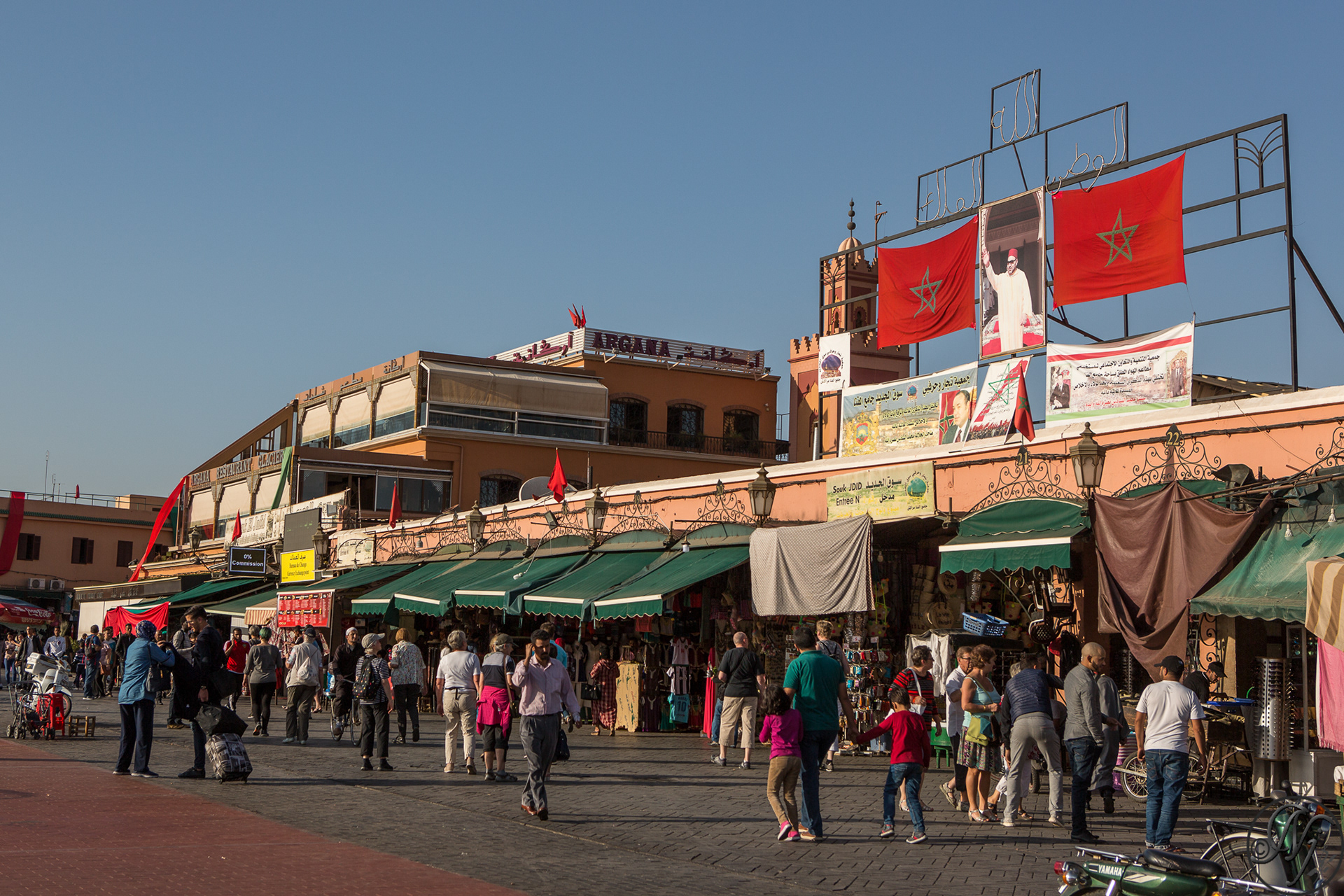
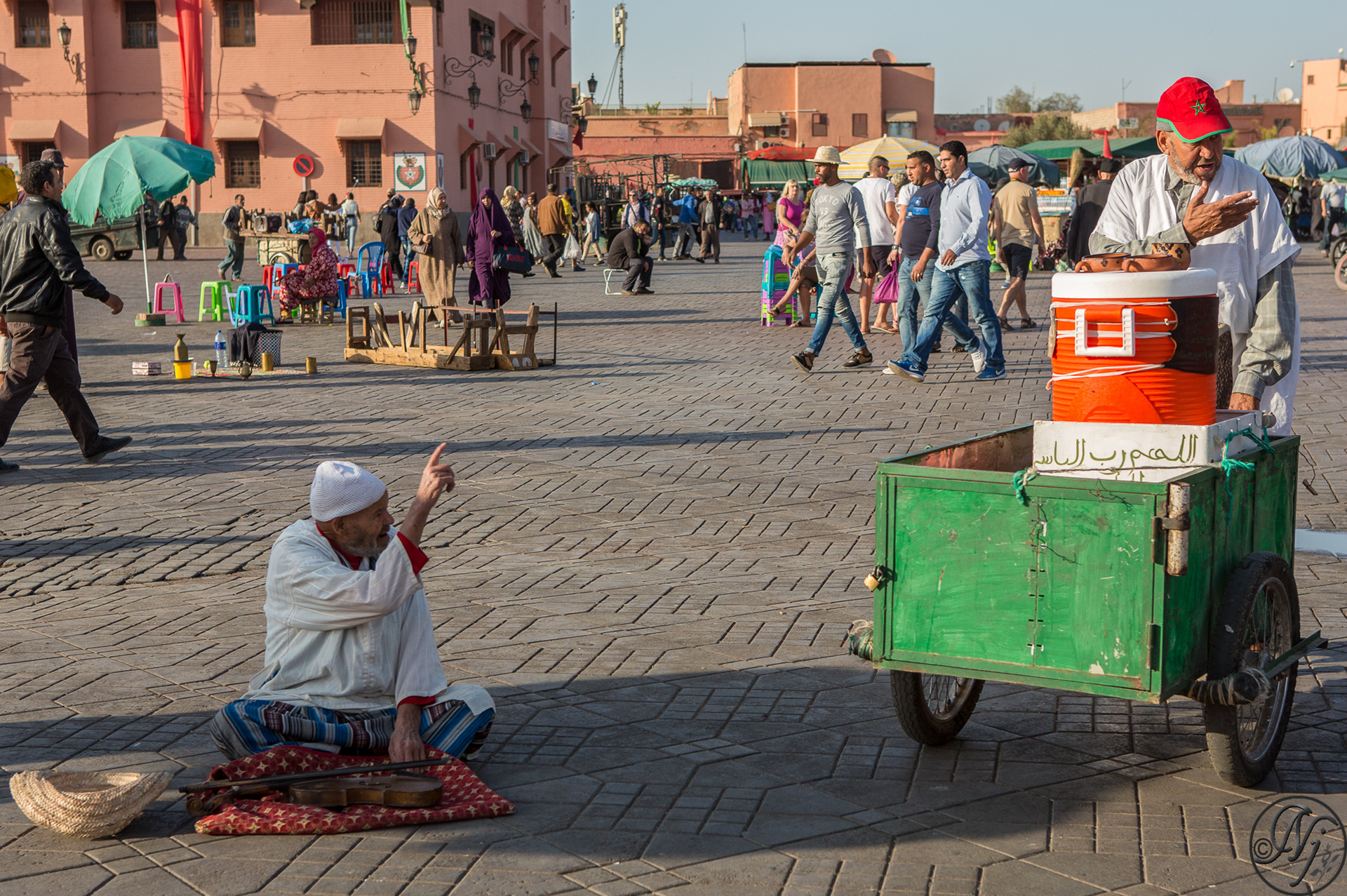
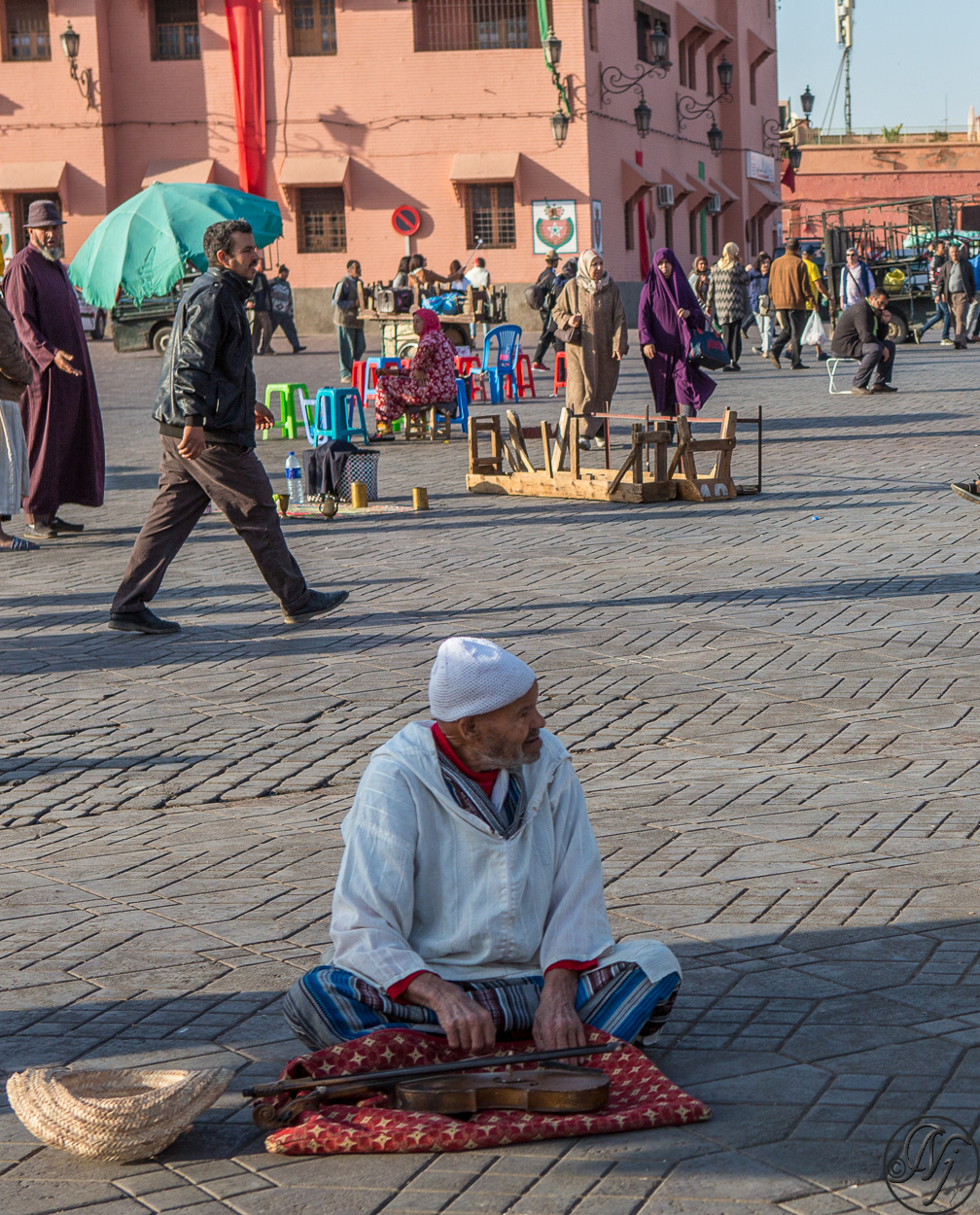
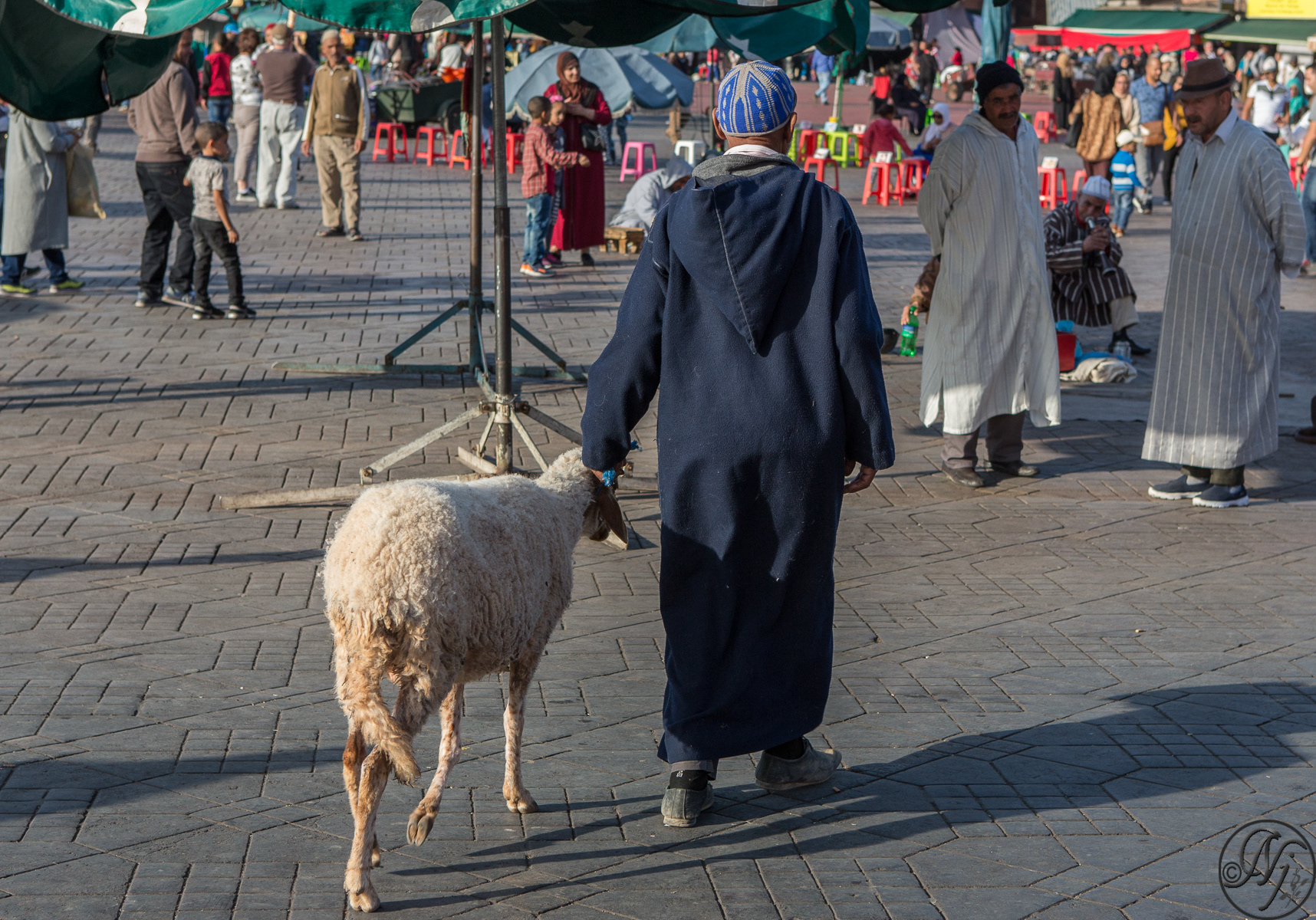
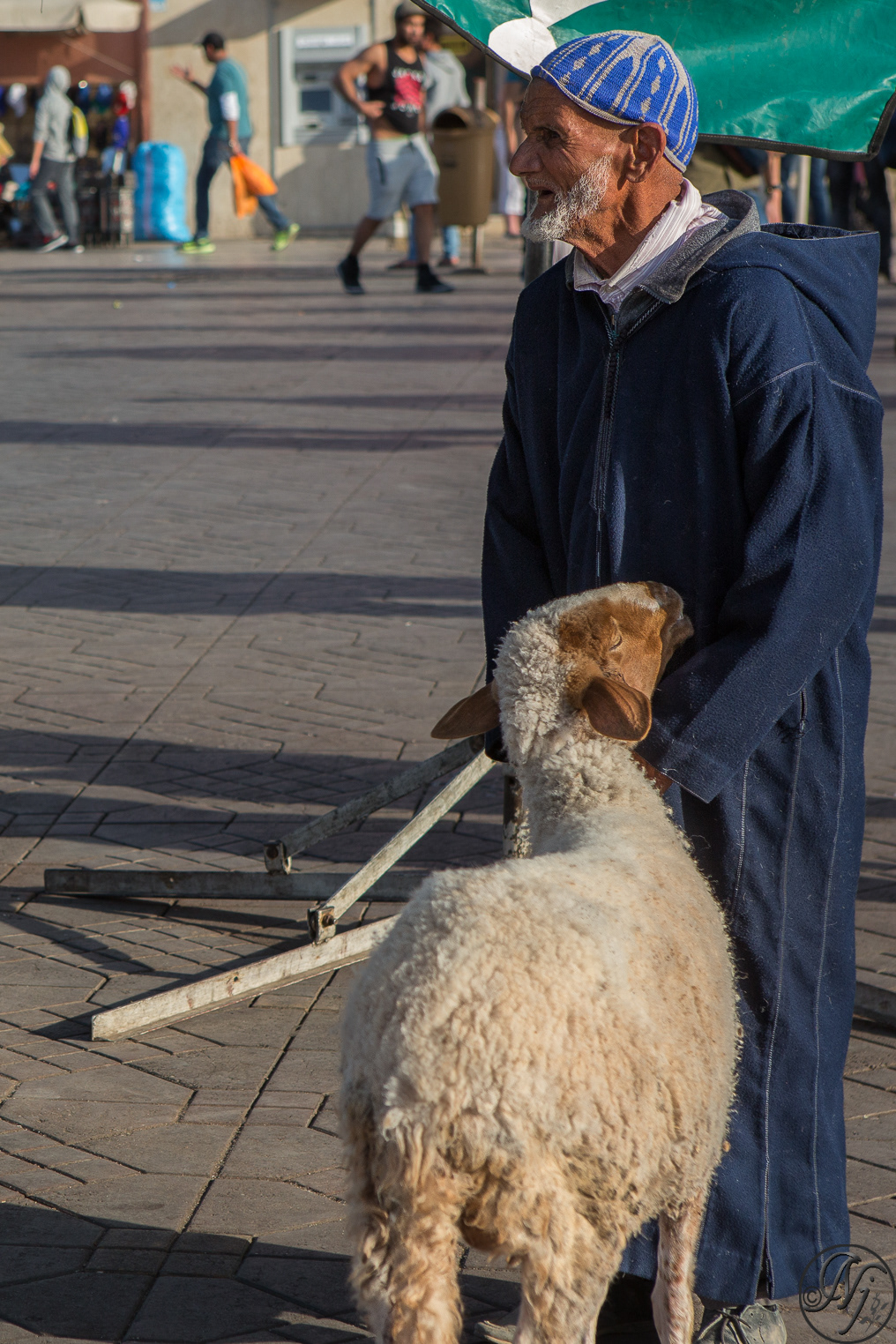
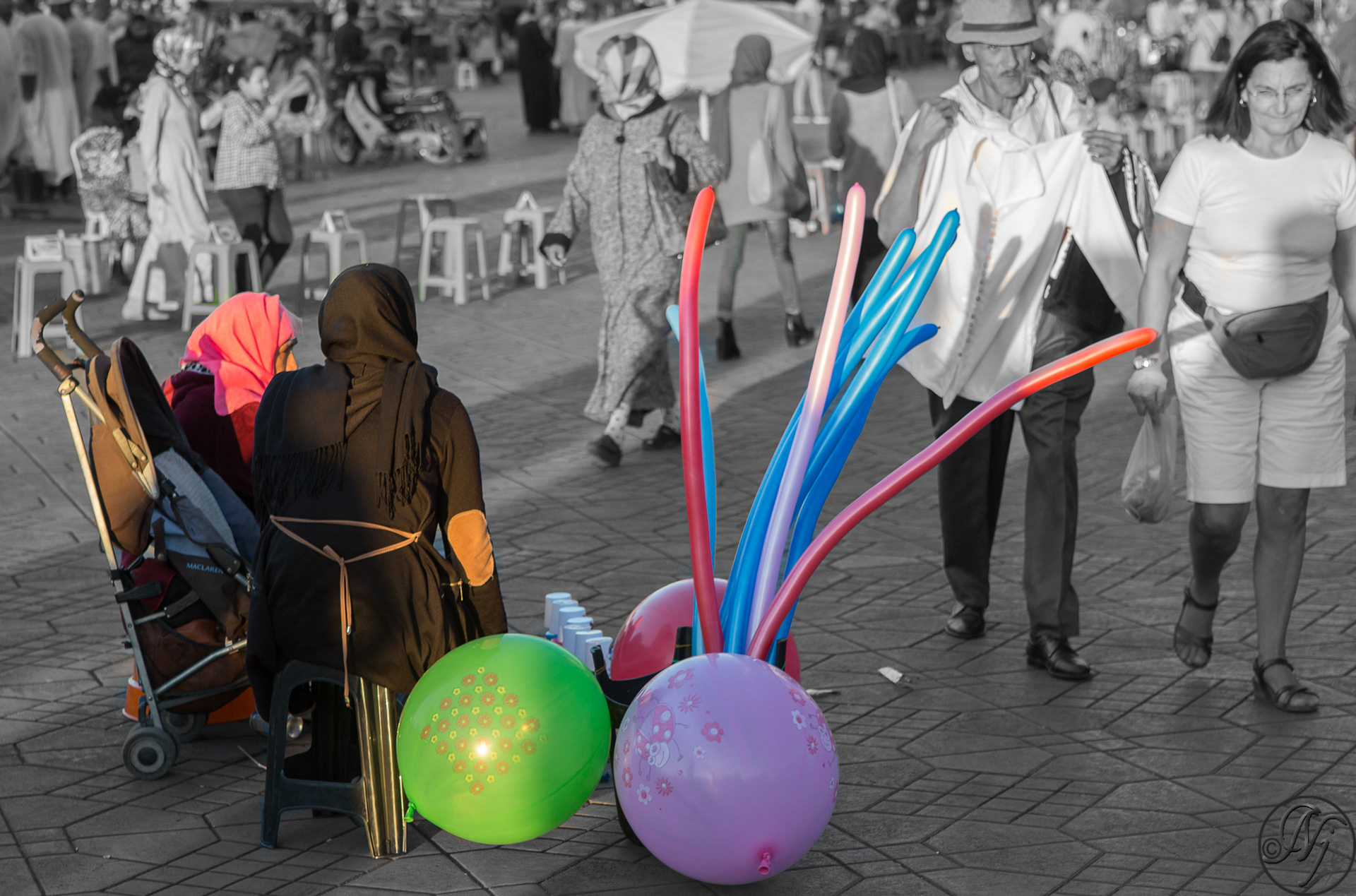
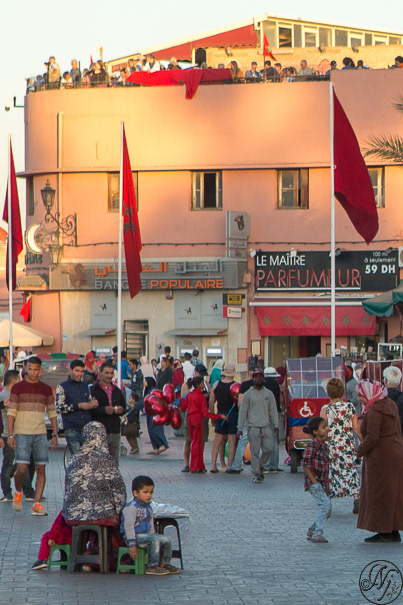
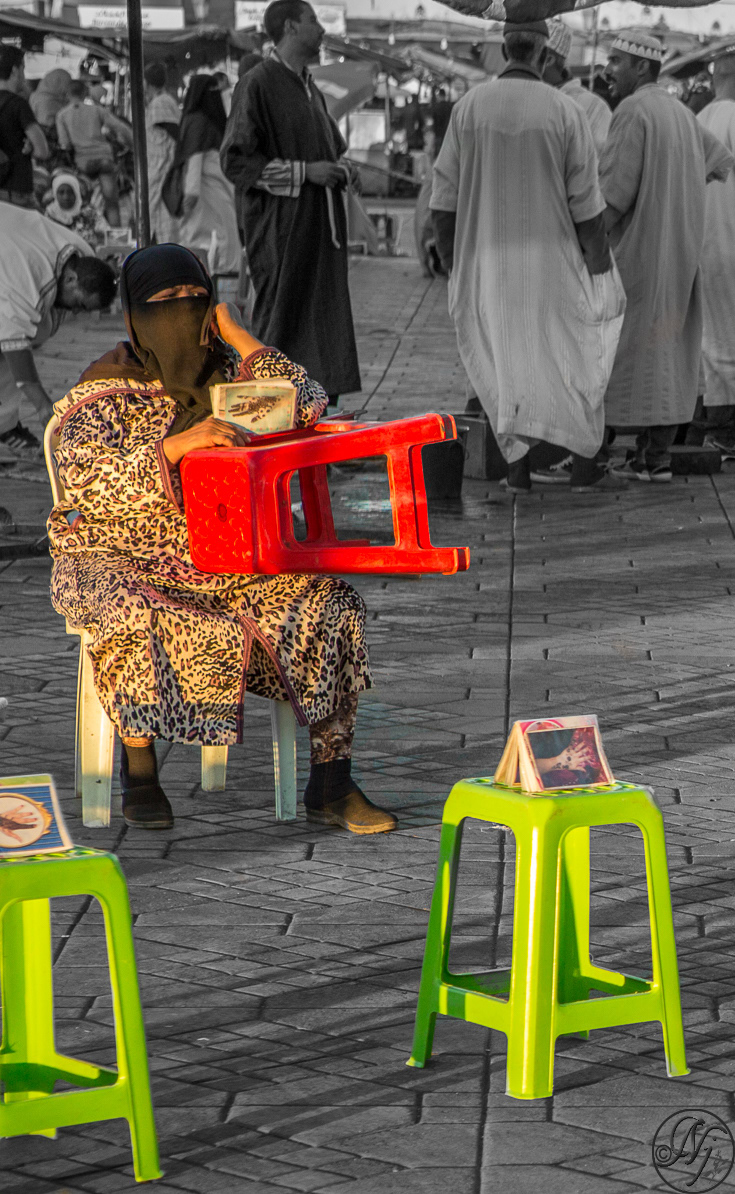
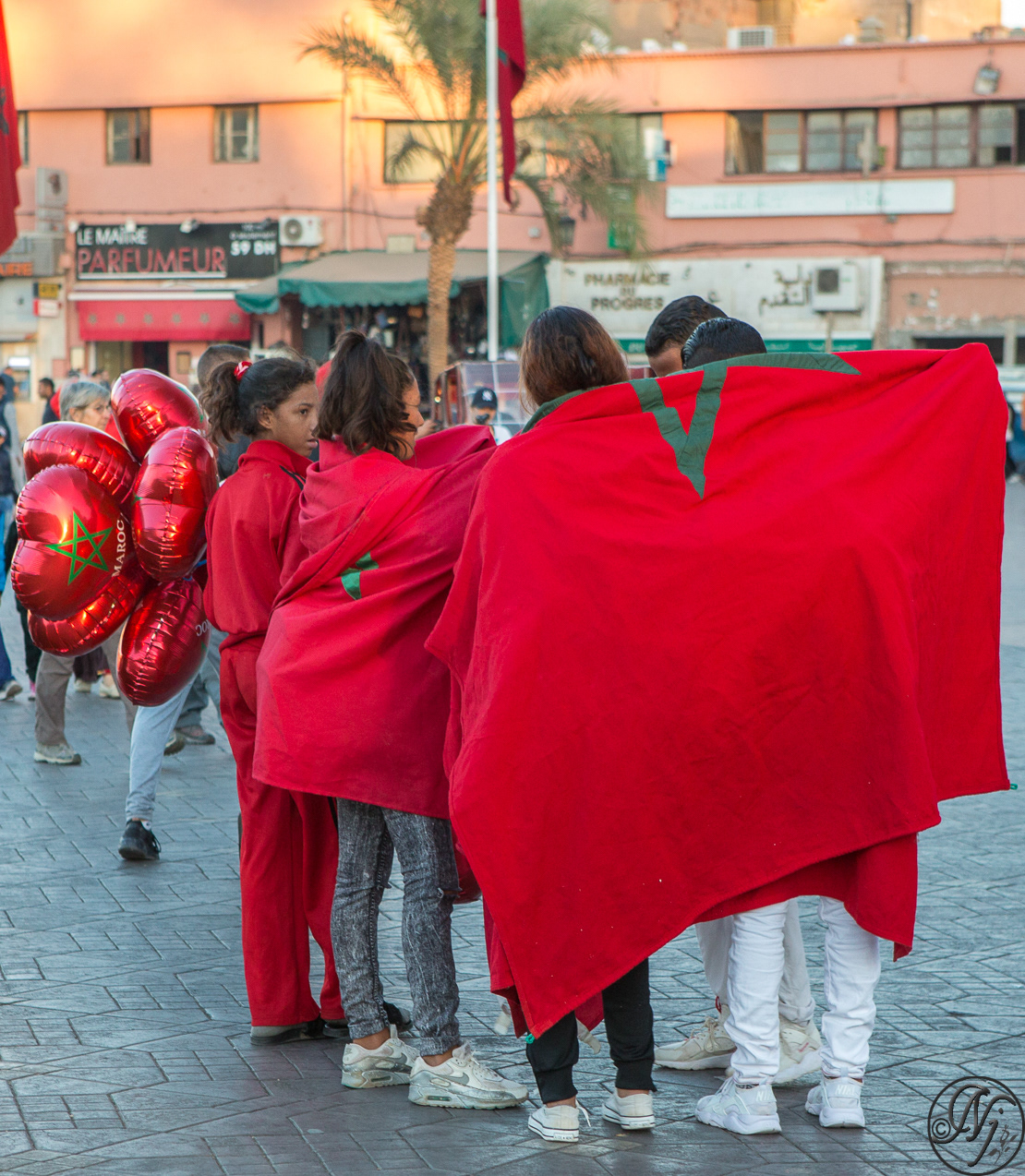

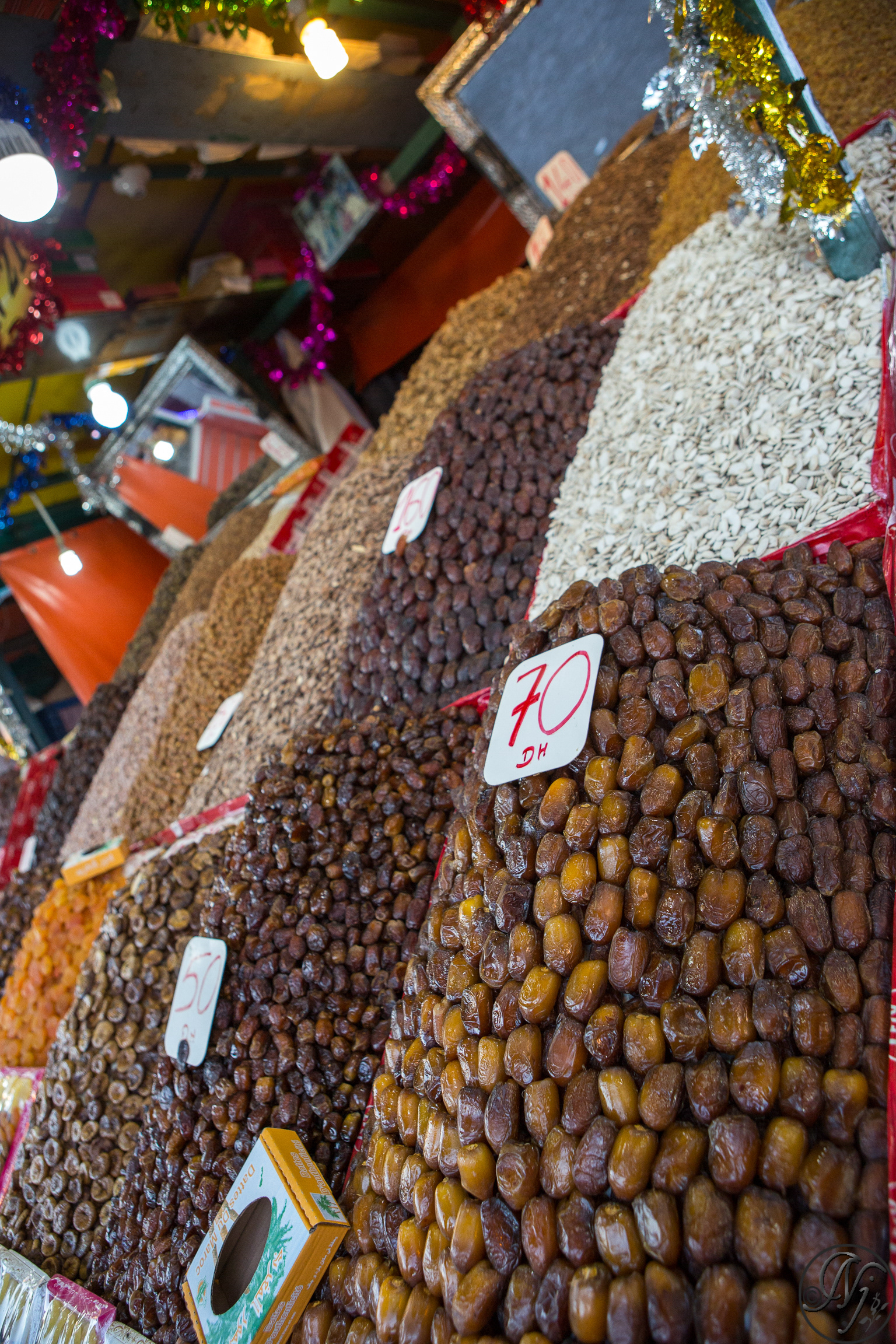
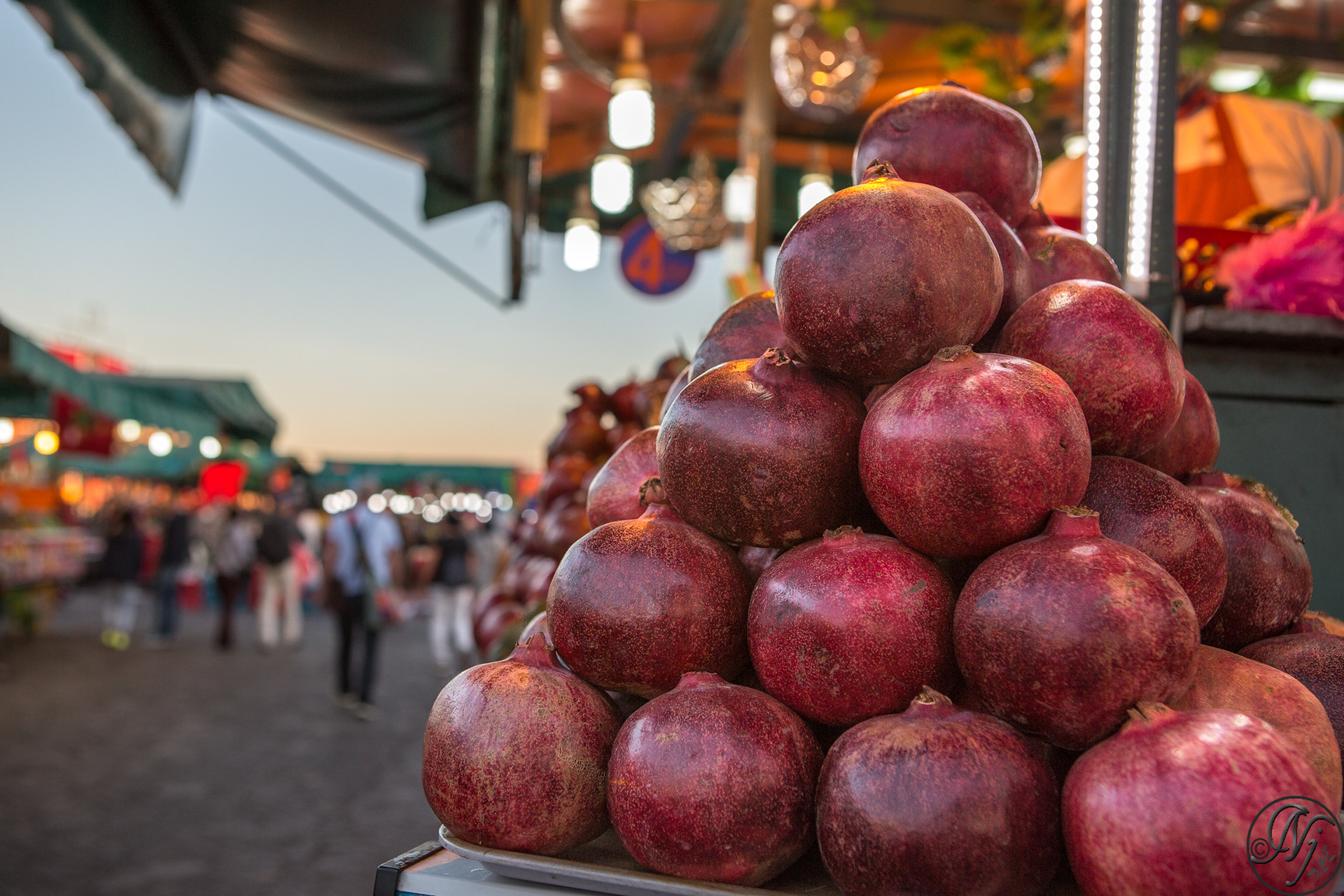
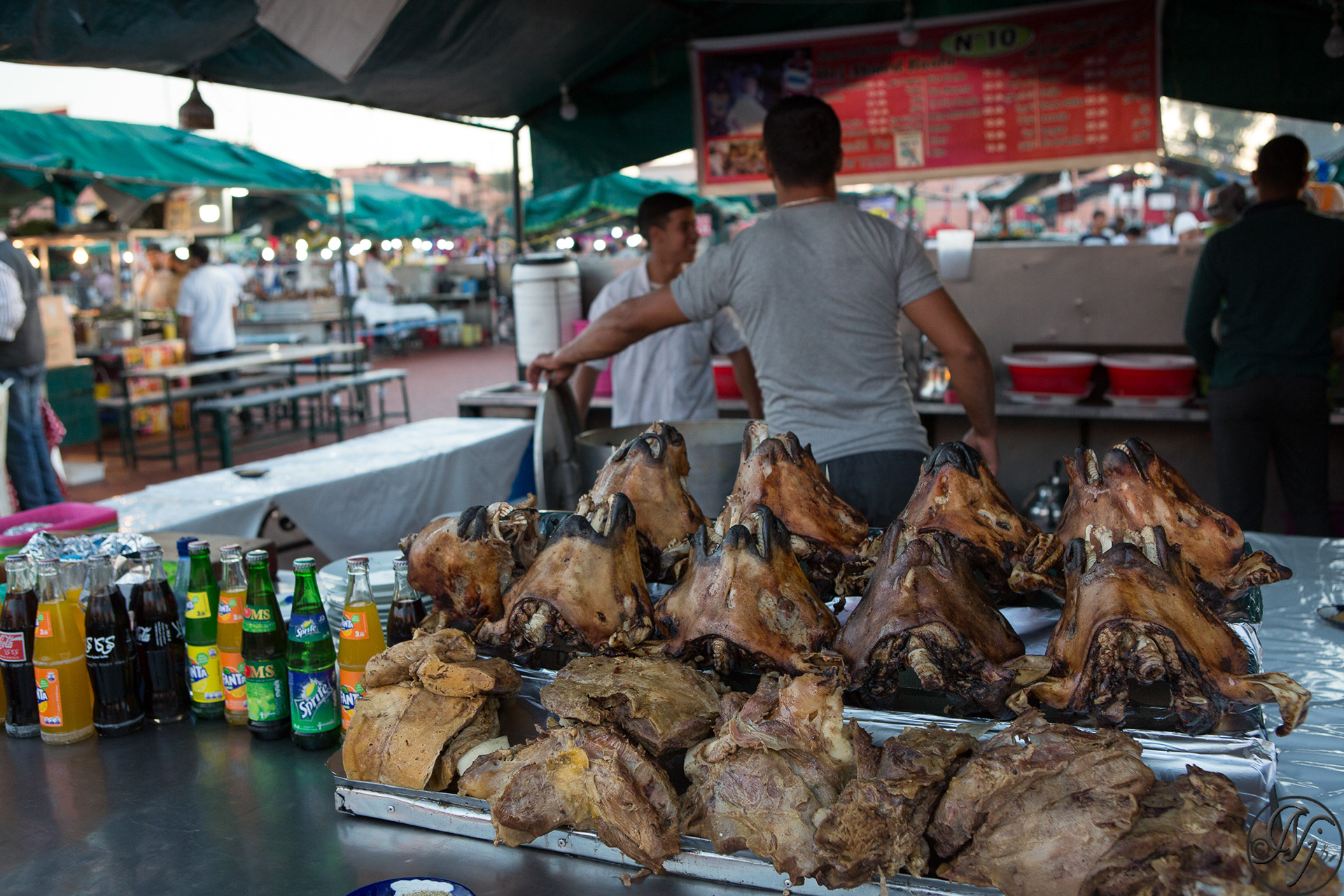
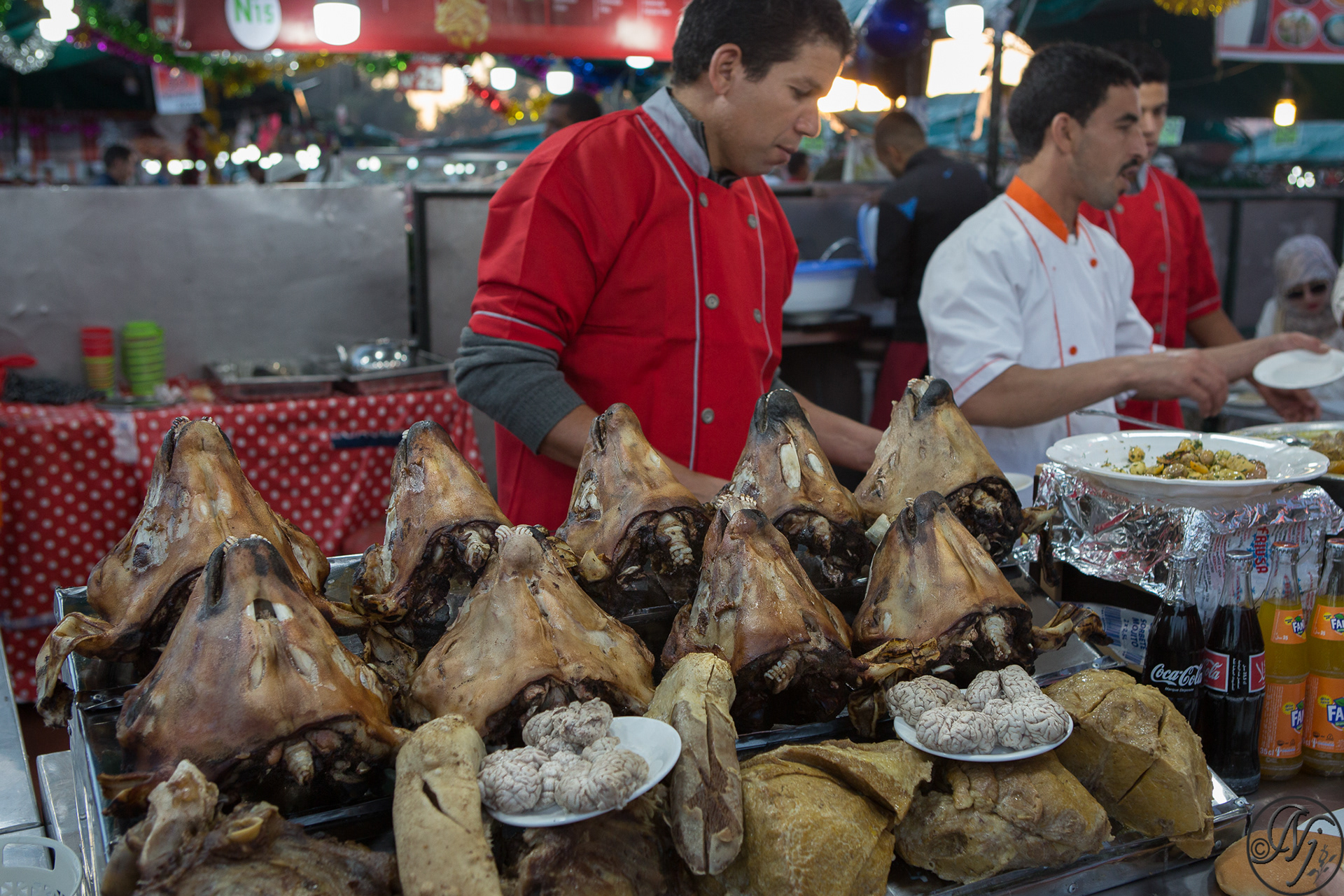
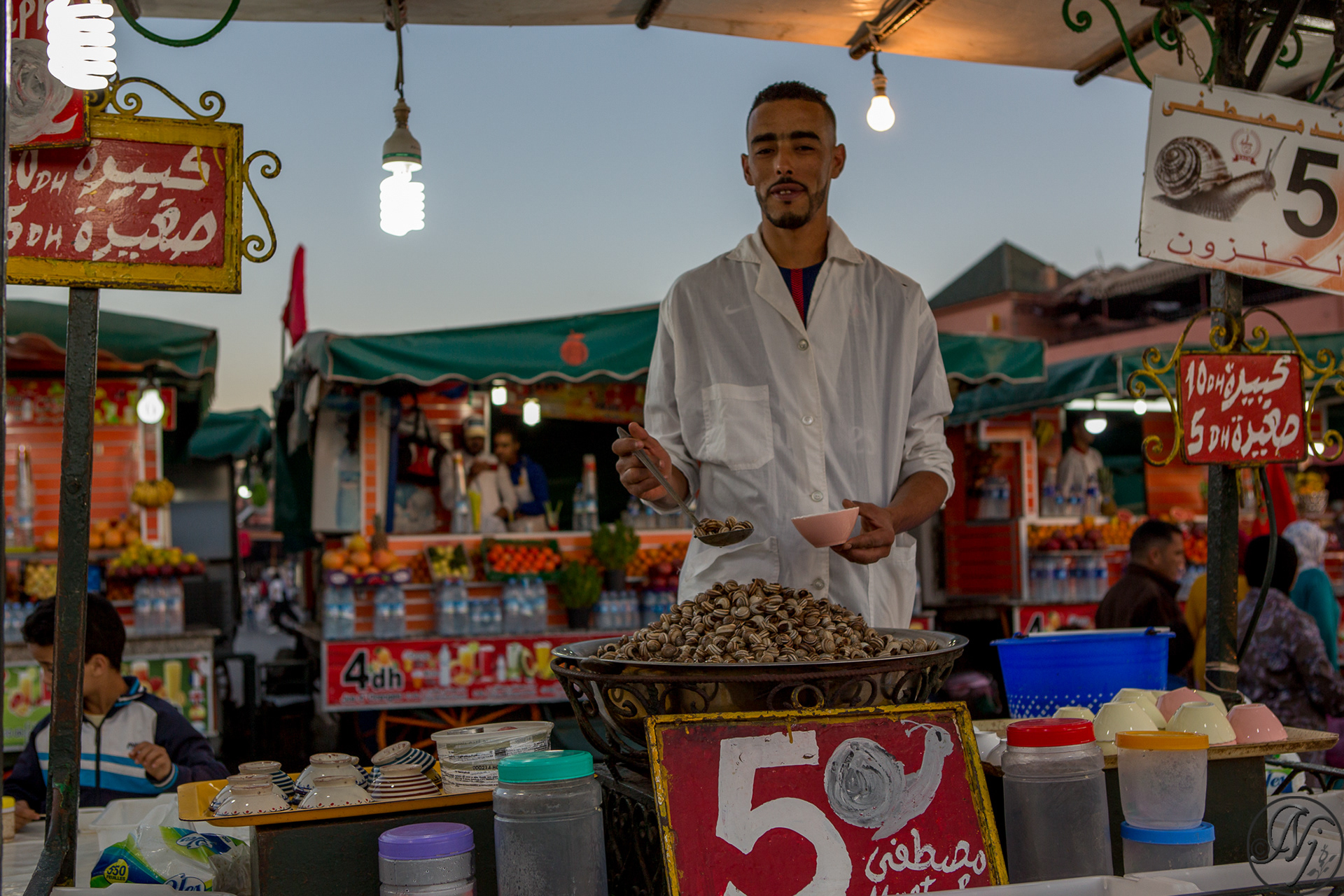
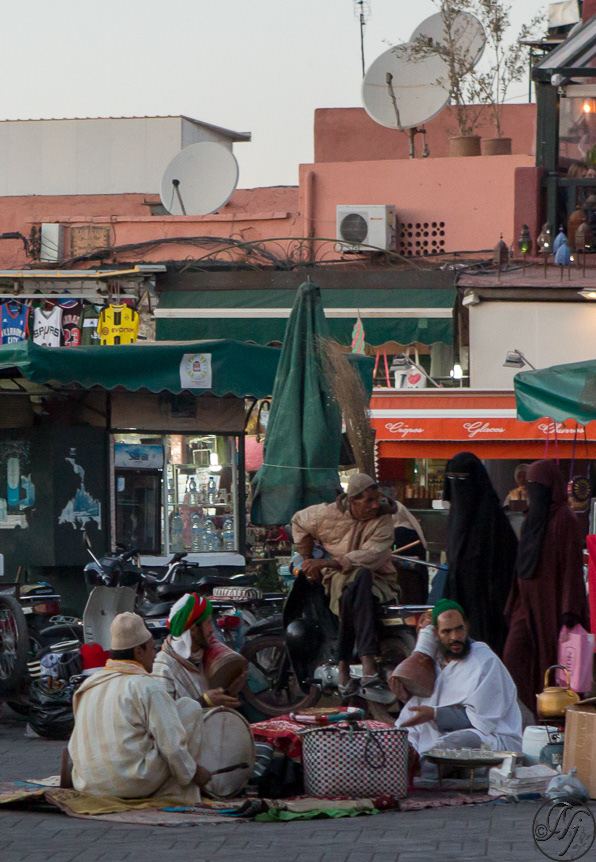
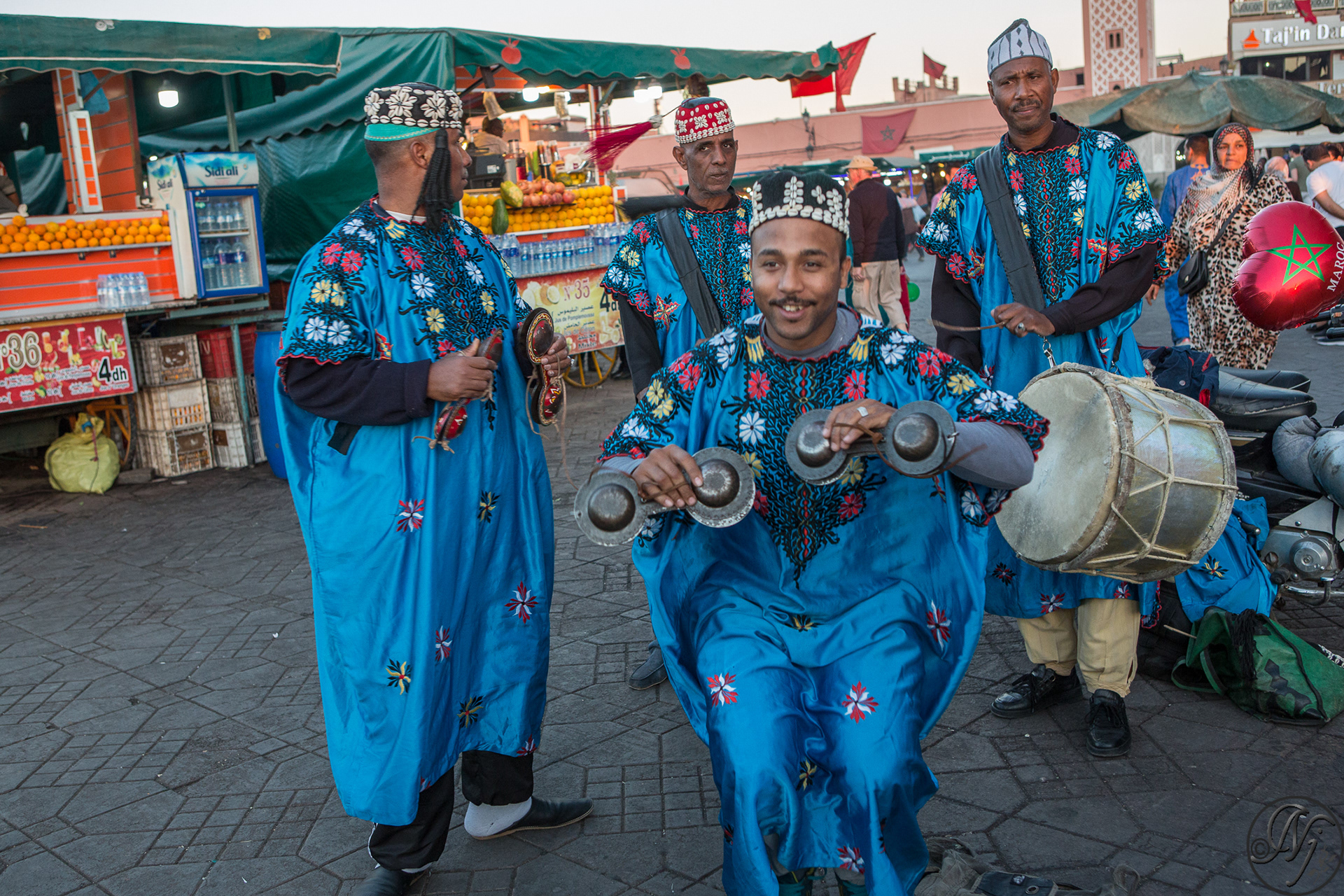
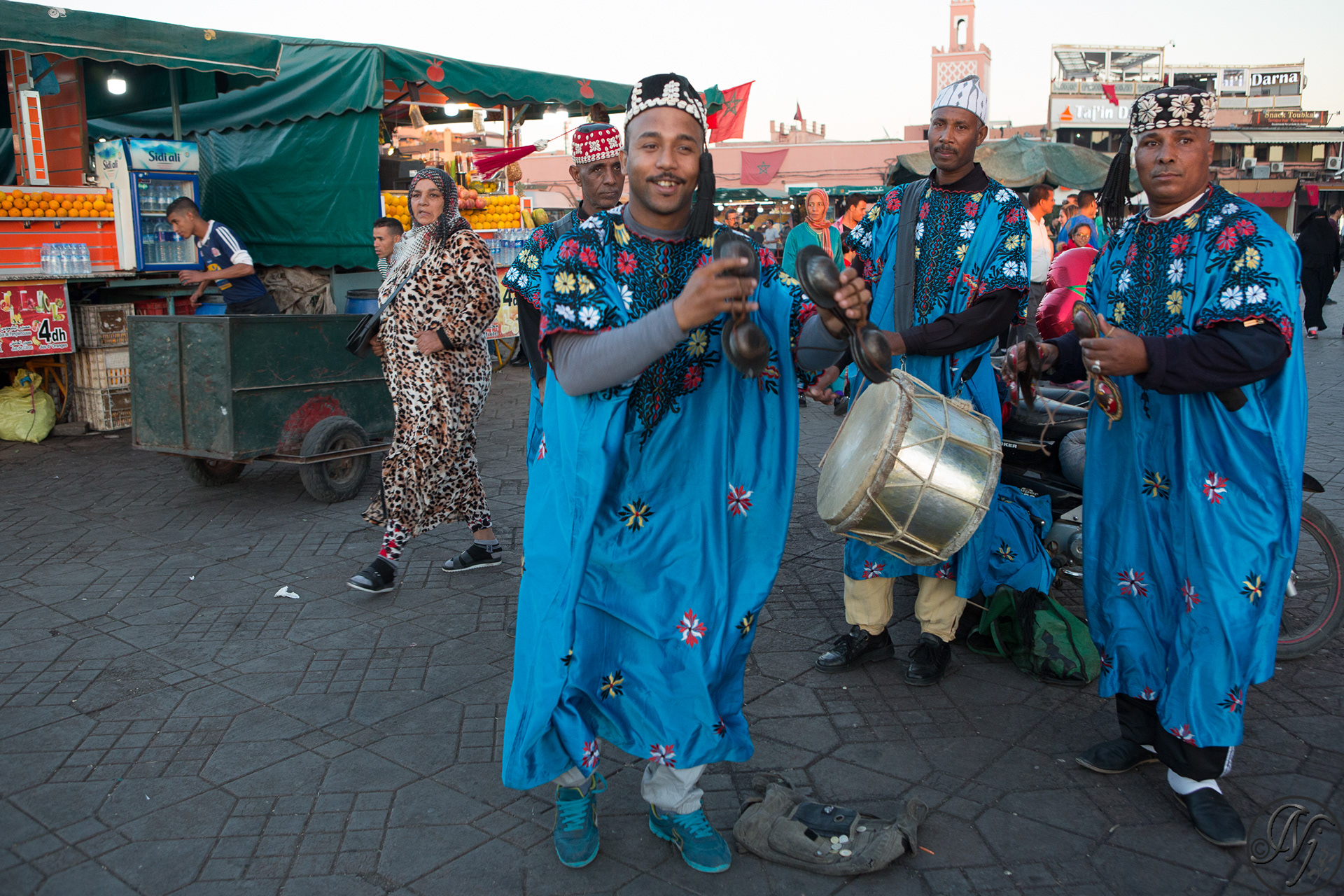
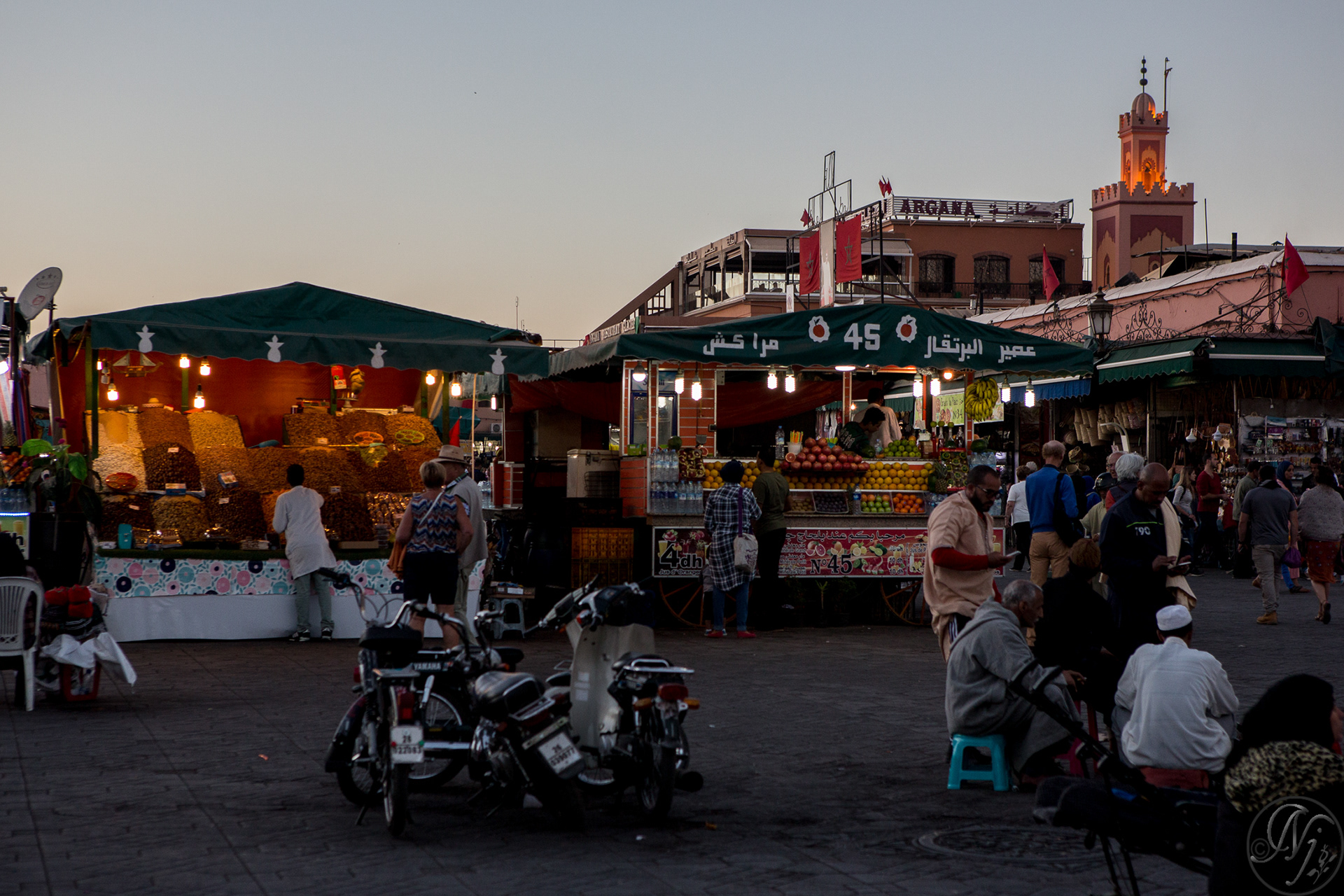
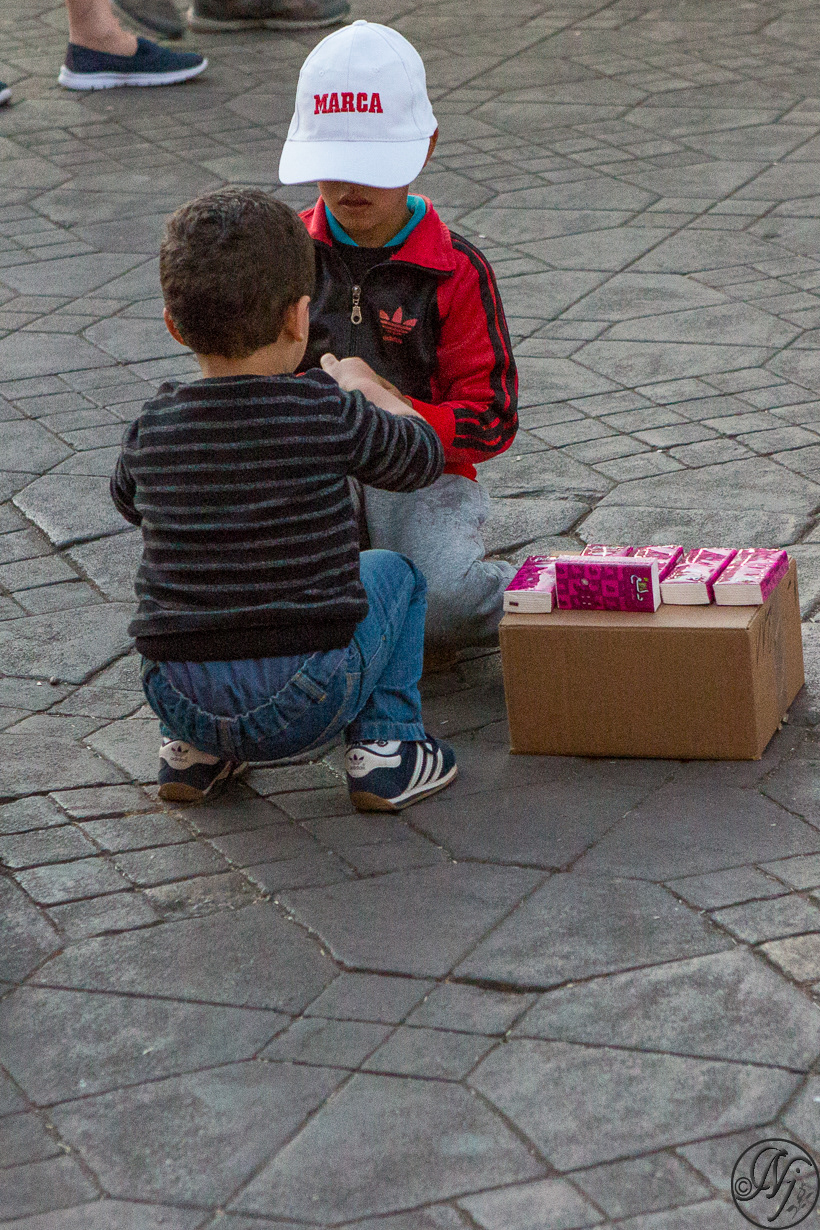

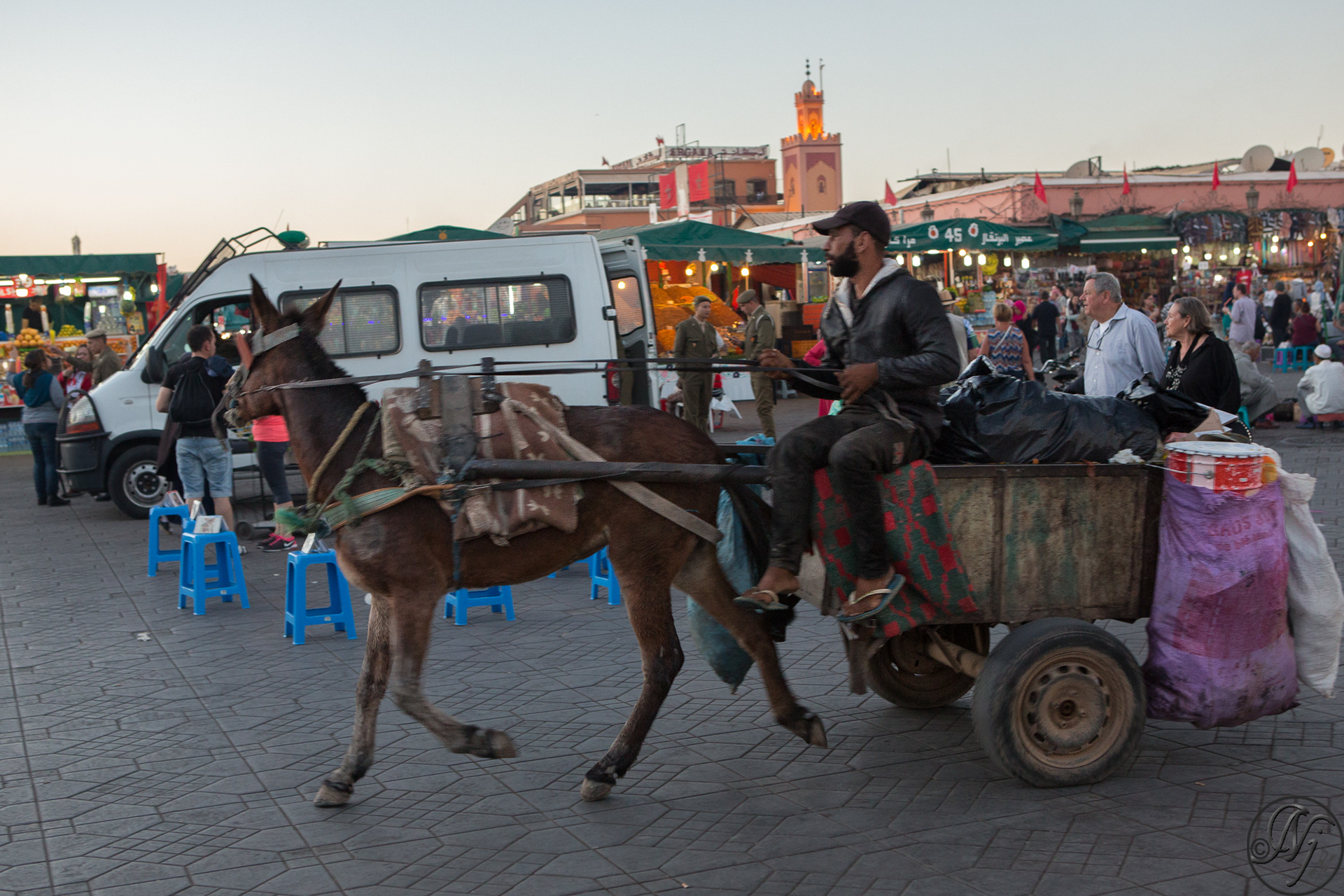
The idea of the UNESCO project Masterpieces of the Oral and Intangible Heritage of Humanity came from people concerned about the Jamaa el Fna. The place is known for its active concentration of traditional activities by storytellers, musicians and performers, but it was threatened by economic development pressures. In fighting for the protection of traditions, the residents called for action on an international level, to recognize the need for the protection of such places — termed "cultural spaces" — and other popular and traditional forms of cultural expression. UNESCO encourages communities to identify, document, protect, promote and revitalize such heritage. The UNESCO label aims to raise awareness about the importance of oral and intangible heritage as an essential component of cultural diversity. “ The spectacle of Jamaa el Fna is repeated daily and each day it is different. Everything changes — voices, sounds, gestures, the public which sees, listens, smells, tastes, touches. The oral tradition is framed by one much vaster — that we can call intangible. The Square, as a physical space, shelters a rich oral and intangible tradition. ” — Juan Goytisolo, in a speech delivered at the opening meeting for the First Proclamation, 15 May 2001 Info:Wikipedia






























